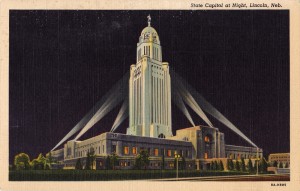Hand and Eye
During a recent lecture, Princeton architecture grad Richard Wilson Cameron talked about how he designed Ravenwood, an estate in Chester County, Pennsylvania belonging to the film director, M. Night Shyamalan. What turned into a five-year project involved transforming a rather nondescript Federal Revival house of the 1930s into a lovely Lutyenesque complex of buildings. The high quality of the craftsmanship, both inside and out, is impressive, but equally impressive is Cameron’s working method. According to the website of his firm, Atelier & Co., “We work closely with clients and draw every concept of our projects by hand—from initial sketches and renderings to fully developed design drawings.

